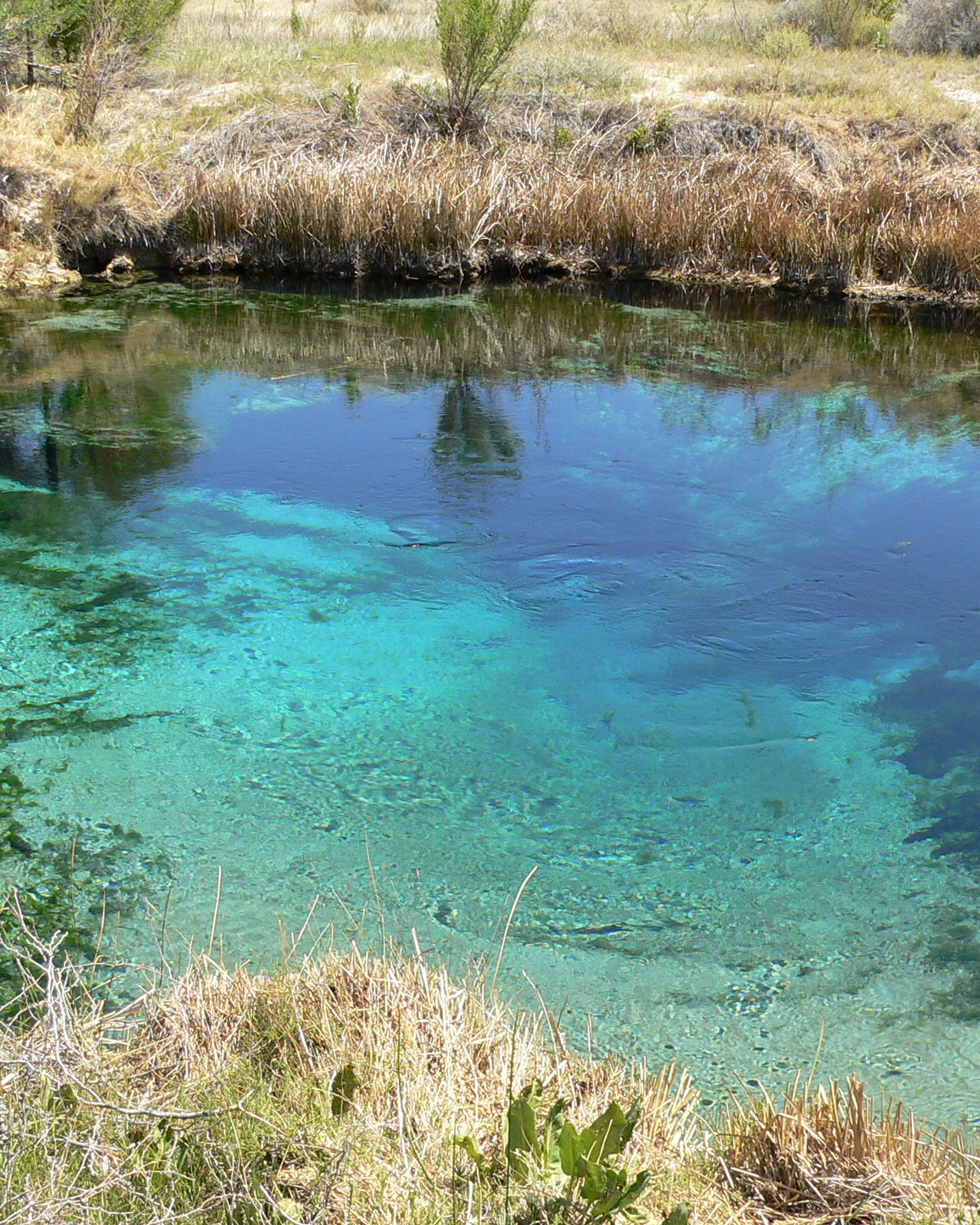Description
More than three decades ago, The Nature Conservancy worked to protect Ash Meadows — one of Nevada's most intriguing natural sites.
Ash Meadows
The Ash Meadows National Wildlife Refuge in the Mojave Desert is a haven for wildlife, especially rare fish, plants, snails, and insects. Water bubbles up from underground into clear spring pools as silvery blue and grayish green pupfish dart between swaying strands of algae. Pebbled streams gurgle from small hillside springs, sheltering tiny beetles and snails.
The refuge provides habitat for at least 24 plants and animals found nowhere else in the world. Four fish and one plant are currently listed as endangered. This concentration of indigenous life distinguishes Ash Meadows as having a greater concentration of life found only in one location than any other local area in the United States and the second greatest in all of North America.
The Nature Conservancy’s History at Ash Meadows
In 1983, the area now known as Ash Meadows was acquired by The Nature Conservancy, in cooperation with the US Fish & Wildlife Service, to prevent it from being converted into a 20,000-lot subdivision. The Conservancy’s purchase of this 13,320-acre property protected over 20 plant and animal species found nowhere else on Earth, as well as 12 major spring systems whose 10,000–year-old “fossil waters” feed numerous pools and riparian systems.
The property is now contained within the Ash Meadows National Wildlife Refuge and is managed by the U.S. Fish and Wildlife Service.
Recently, we were able to write another chapter in the Ash Meadows story when we helped the U.S. Fish and Wildlife Service acquire a private inholding at the refuge–the Corbett property. At only nine acres, the Corbett property may be small, but it holds huge conservation importance for Ash Meadows.
A road on the property significantly alters the natural flow of Big Spring, a once-winding and braided channel that was home to many of the endemic species (species found only at that location) that occur within the Amargosa Valley, including the endangered Ash Meadows Amargosa pupfish and Ash Meadows speckled dace. Closing the road to the site will immeasurably improve the natural flows from Big Spring and enable critical stewardship actions that may help the long-term survival of several species native to Ash Meadows.
The Amargosa River
The Amargosa River is one of the world’s longest underground rivers – and, improbably, one of its most life giving. Rising from springs in Beatty, Nevada, the Amargosa flows 125 miles into California’s Death Valley where it empties into Badwater at 282 feet below sea level – the lowest point in the Western Hemisphere. Like charms on a bracelet, lush oases appear wherever the Amargosa surfaces. Surrounded by the rugged and searing Mojave Desert, these oases sustain a rich array of plants and animals found nowhere else on Earth.
Ash Meadows is one of these oases along the Amargosa River. Learn more about TNC's work on the Amargosa River.
Partners
The original acquisition of Ash Meadows was made in cooperation with the USFWS and was made possible thanks to the support of Former Senator Paul Laxalt and a $1 million interest free loan from the Richard King Mellon Foundation.
